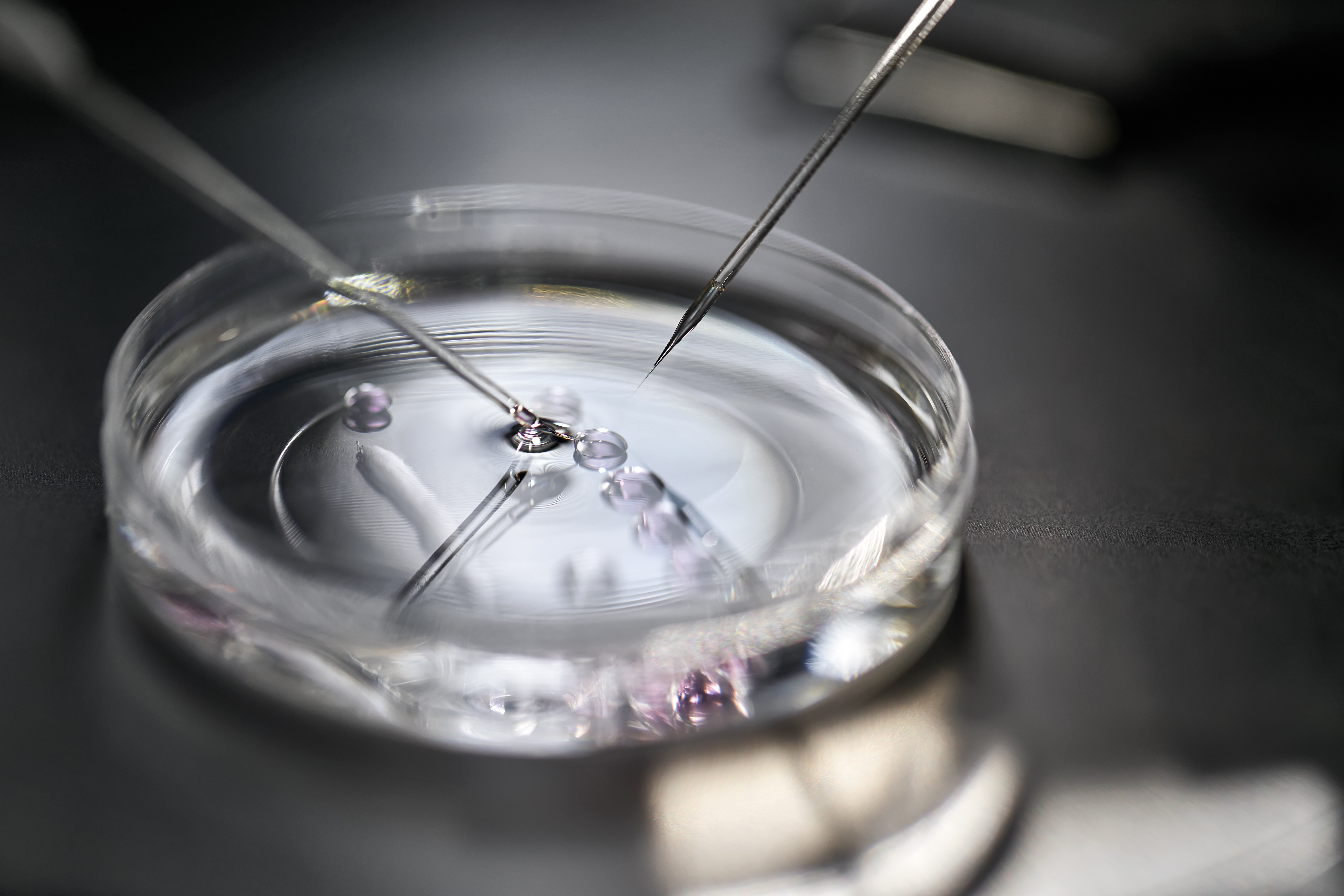IVF Isn’t the Pro-Life Option for Addressing Fertility Issues
Originally published at The Daily SignalThe Left, and even many Republicans, have misrepresented the Alabama Supreme Court recent decision in the LePage v. Center for Reproductive Medicine case involving frozen embryos.
The court sided with parents who pursued a wrongful-death lawsuit against a negligent in vitro fertilization clinic, where their frozen embryos were killed when a patient entered the unsecured cryogenic nursery, removed several embryos from the freezer, and dropped them on the floor after the patient’s hand was freezer-burned from handling them.
In response, even many pro-life Republicans have responded to the fake news by defending IVF without qualification.
They’re missing the point.
The inconvenient underbelly of the IVF industry is that millions of embryos are created every year in the U.S., but most of them die during the IVF process and others are frozen indefinitely.
Far more meet this fate than ever result in a live birth.
A bill proposed by Sen. Tammy Duckworth, D-Ill., is far too extreme since it contains a sweeping definition of “assisted reproductive technology,” which goes beyond the deregulation of the IVF industry, and would legalize human cloning, surrogacy, gene editing, human-animal chimera hybrids, and other abuses of human embryos.
It would force religious and pro-life organizations to violate their beliefs by waiving protections they currently have under the Religious Freedom Restoration Act.
It would also prevent age restrictions or parental involvement in such procedures. It would legalize the buying, selling, and destruction of human embryos, and deny parents legal recourse if their embryonic babies are destroyed out of negligence.
The general public knows too little about the process of IVF and its toll on human life. I don’t believe IVF clinics should exist. Thankfully, there are ethical medical alternatives to address the fertility issues of those who struggle with infertility. However, as long as there are IVF fertility clinics, they should be strictly regulated.
First of all, a woman is pumped with hormones so that she super-ovulates, leading to moderate to severe ovarian hyperstimulation syndrome in 1% to 5% of IVF cycles, with an incidence of up to 20% in high-risk patients.
A U.K. study and a Swedish study both found that a median of nine eggs are harvested per IVF cycle, with some harvesting up to 25 eggs each cycle. IVF clinics generally put the fertilization rate of the eggs at 80%.
At the moment of fertilization, when the sperm and the egg fuse, marked by a zinc spark, a new human life begins.
Assuming that the U.S. has comparable median egg-retrieval rates and using the conservative number of nine eggs harvested, seven new human beings are created in each IVF cycle, based on the post-fertilization rate.
They are left to develop for a few days, but the greatest attrition rate happens between Day 3 and Day 5 of development, when only 30% to 50% of these human embryos survive. So, of the seven embryos created, an average of two to 3.5 of them survive.
The clinics then do pre-implantation screening and testing of the embryos and further decide which ones are “optimal.” Depending on the wish of the parents, some are implanted, while other ones are frozen for later use or “donated to science” for research.
After implantation, further attrition happens either due to miscarriage or to selective reduction.
According to the Centers for Disease Control and Prevention data from 2021, there were 413,776 assisted reproductive technology cycles done. Of those, 167,689 were egg or embryo banking cycles, in which all resulting eggs or embryos were frozen for future use; therefore, 246,087 cycles were done at least in part for immediate use.
If we assume that seven human embryos are created out of each cycle, that would amount to 1.7 million embryos created in 2021 in the U.S. These cycles resulted in 112,088 pregnancies, but due to either miscarriage or selective reductions, 97,128 infants made it to live birth in the 453 reporting clinics in the U.S.
What happened in Alabama, where embryos were destroyed out of the clinic’s negligence, should never happen anywhere else. Parents should have legal recourse if a fertility clinic destroys their embryos out of sheer negligence. We also must regulate how many embryos are created and implanted, as other countries do.
Couples struggling with infertility should also be given their full medical options, the first of which is getting to the root cause of infertility.
Infertility issues can be addressed more easily and cheaply by doing a hormone analysis blood panel and the subsequent regulation of hormones with an endocrinologist (to address issues such as polycystic ovary syndrome), progesterone supplementation (for those who have suffered early pregnancy miscarriages in the past), and surgical solutions to address issues such as endometriosis.
There are medical ways to address the root issue of infertility that lead to subsequent natural conception without sacrificing human embryos.
We should extend our compassion to couples bearing the cross of infertility. The good news is that there are ethical alternatives, and we should direct our funding, education, and support for alternatives that are cheaper, ethical, and less invasive, instead of giving the IVF industry a continued free pass to abuse human life.
Instead of supporting fertility clinics that are already severely underregulated, and which create and destroy human embryos at will, there are other options that are truly pro-life and support both the desire of parents to have children and the dignity of each preborn person.
No pro-life Republican should support the Duckworth bill as it stands.
